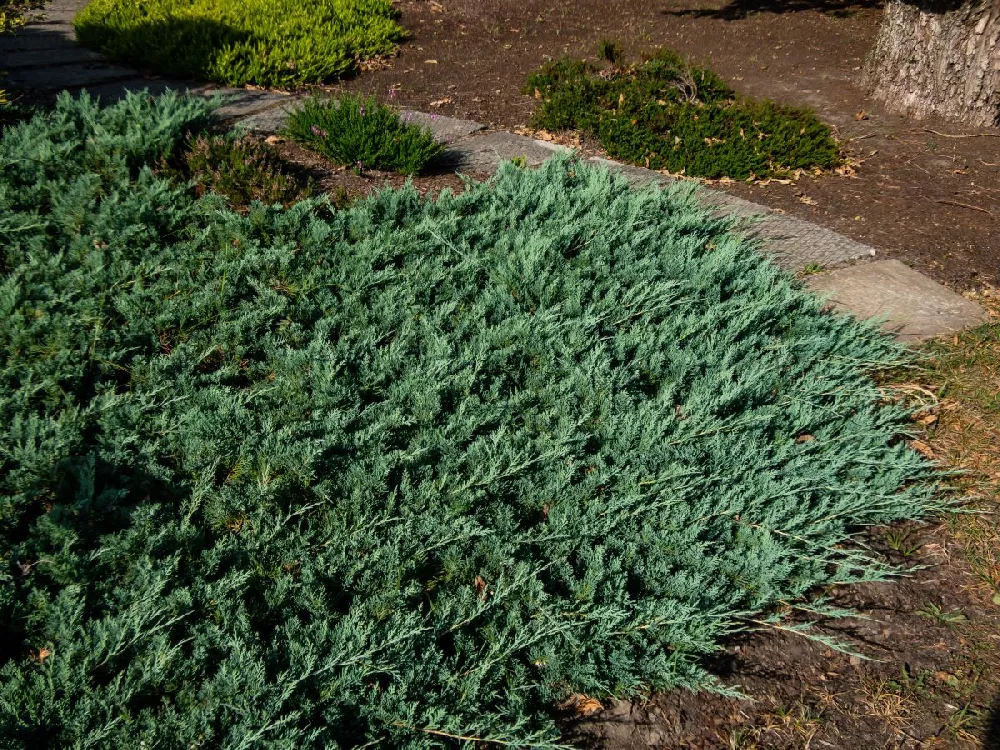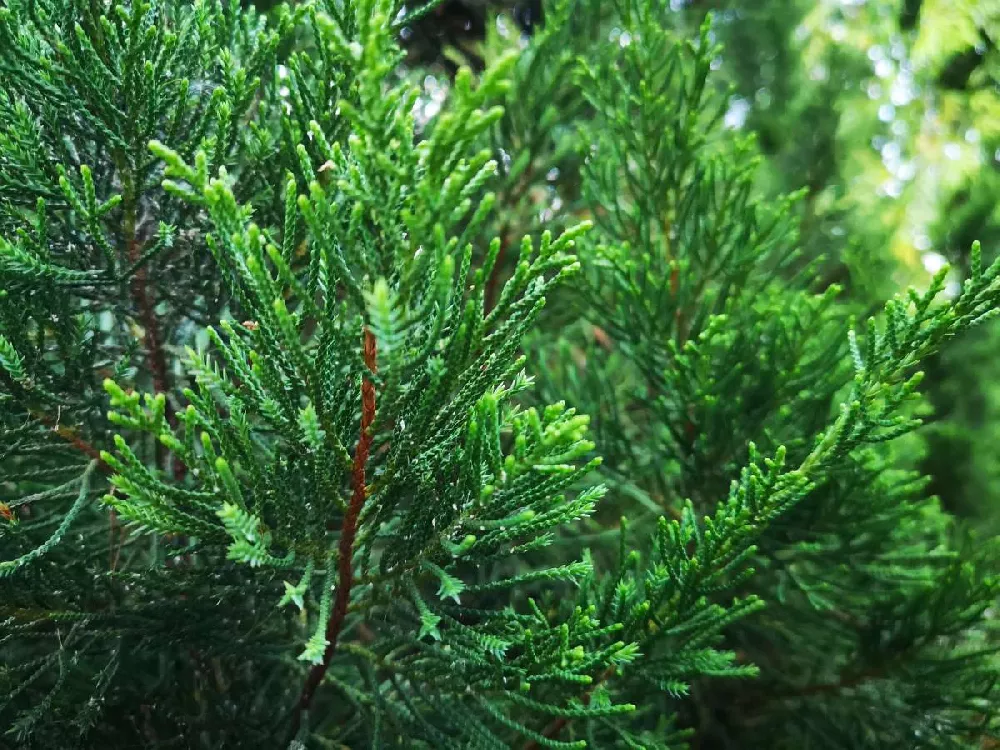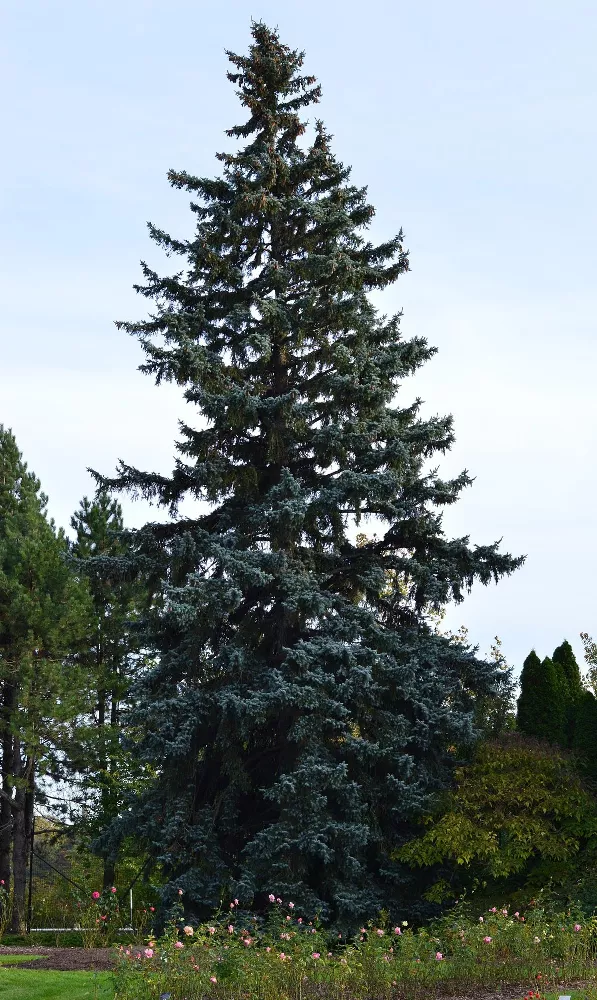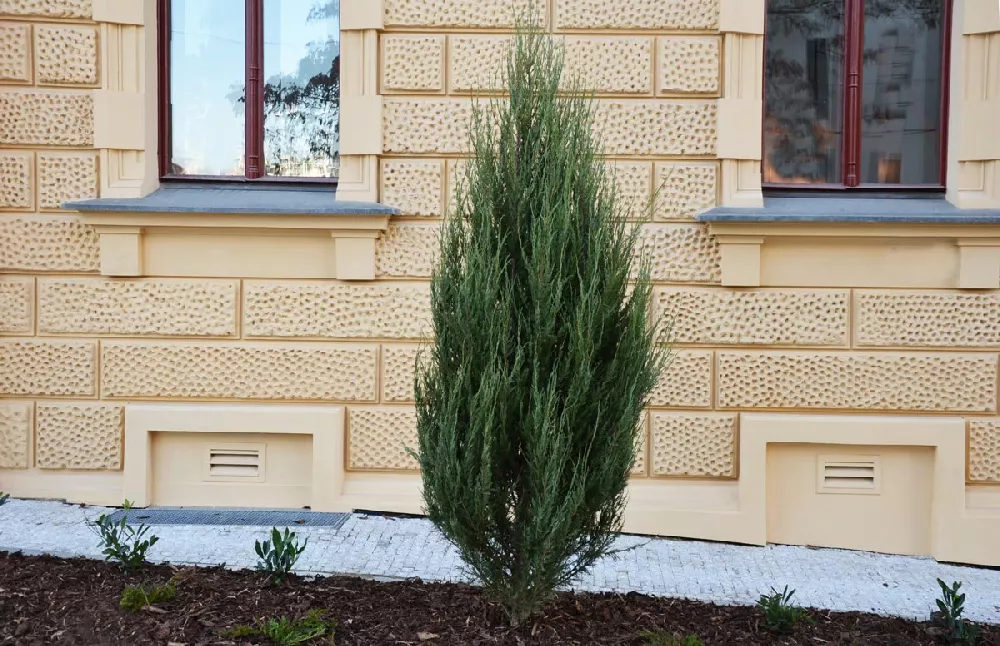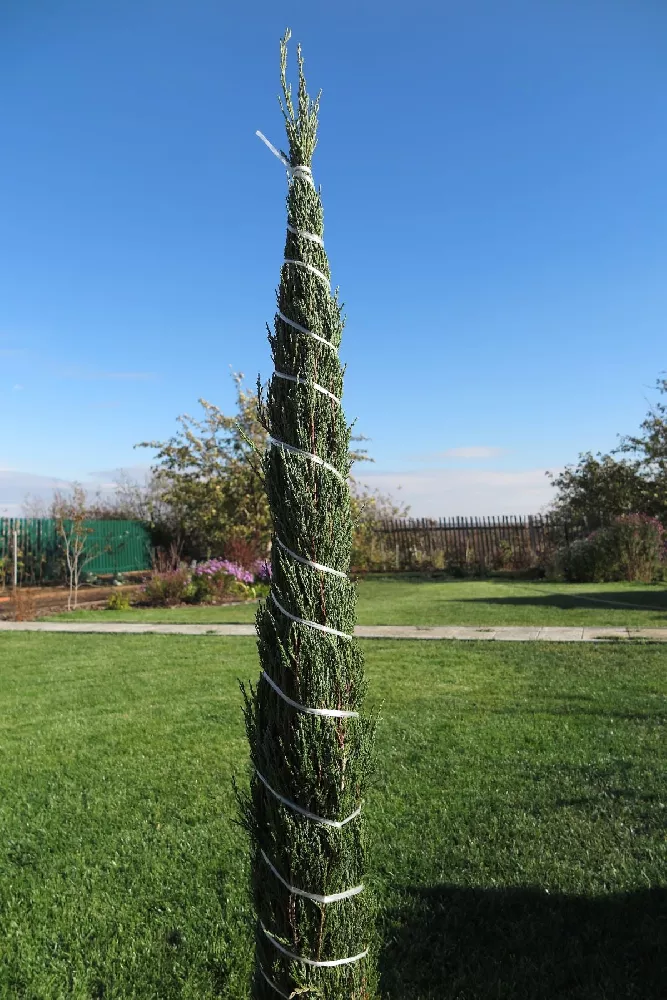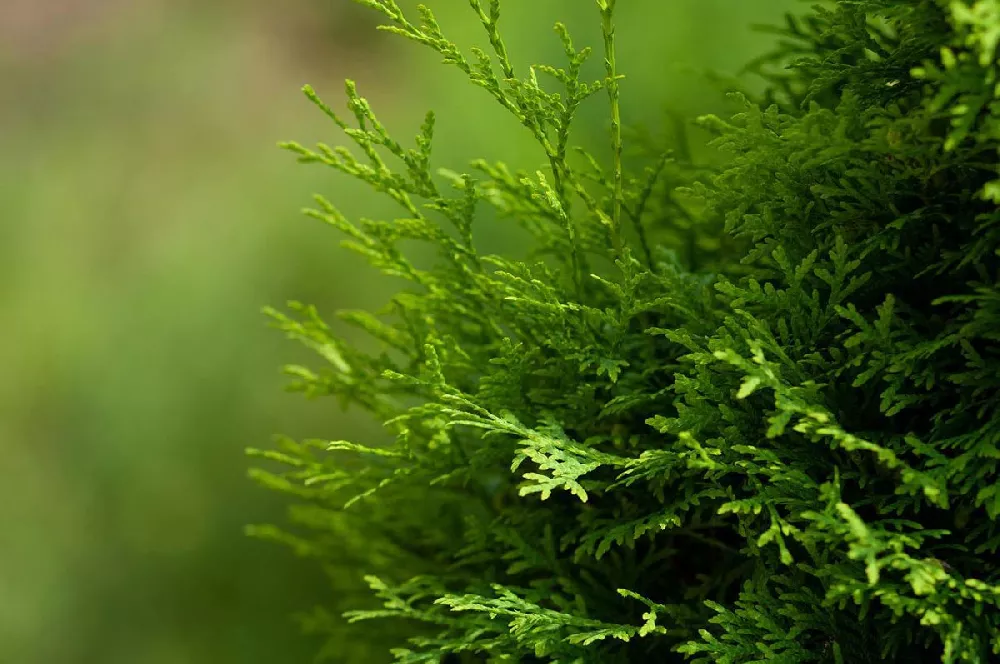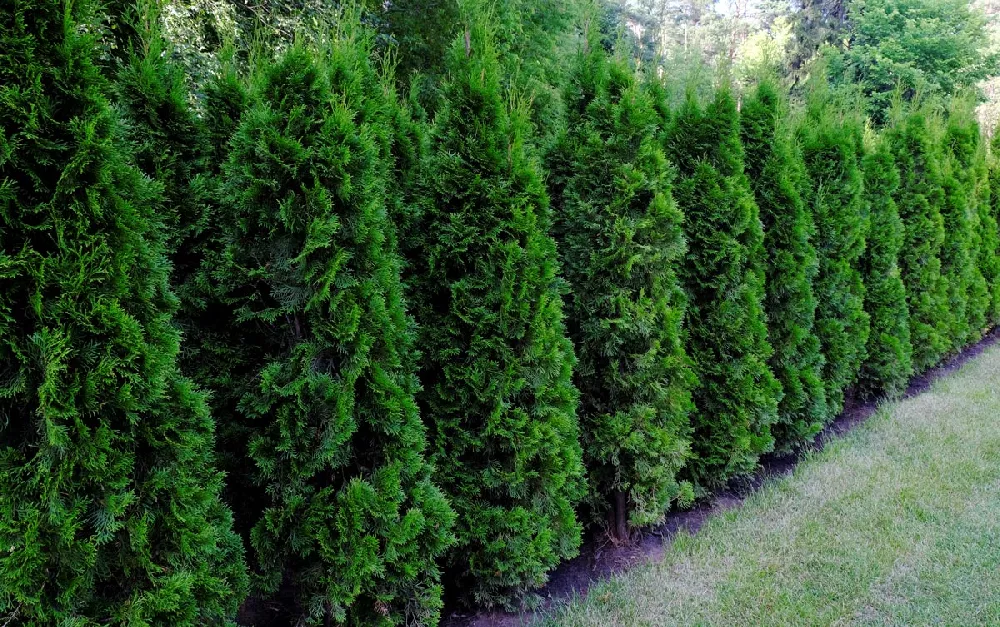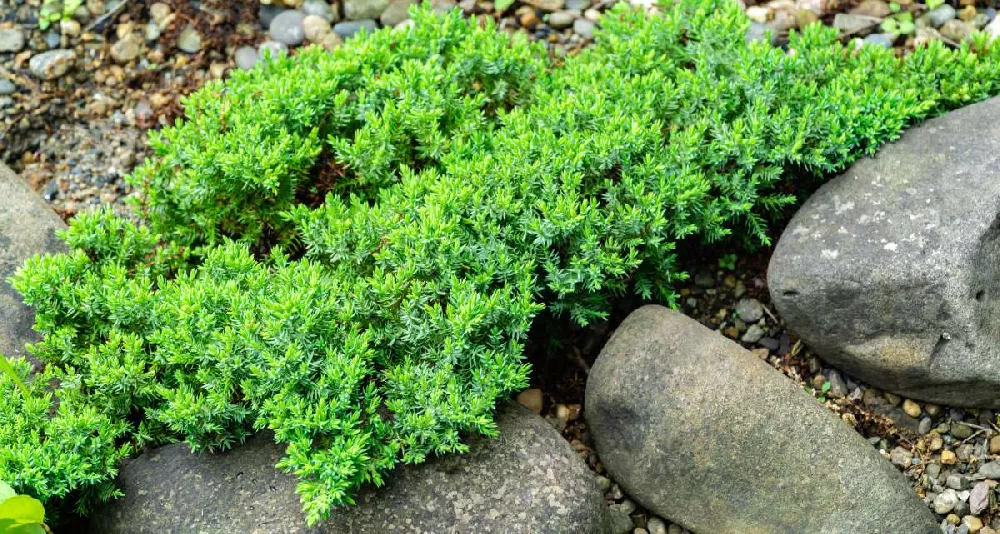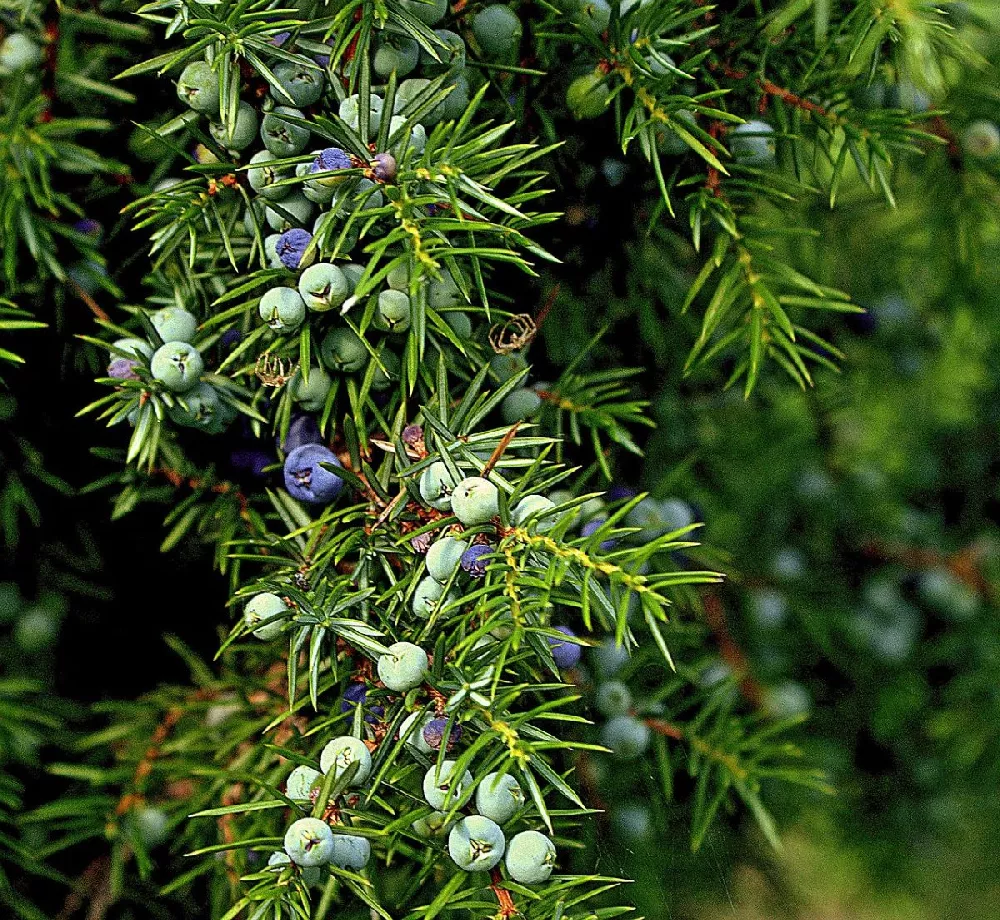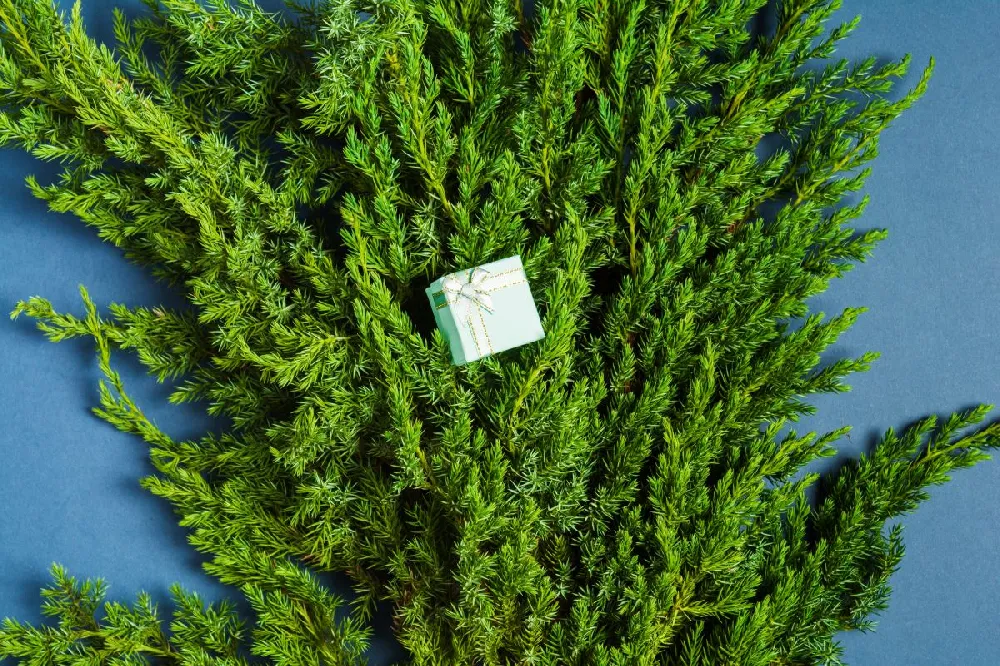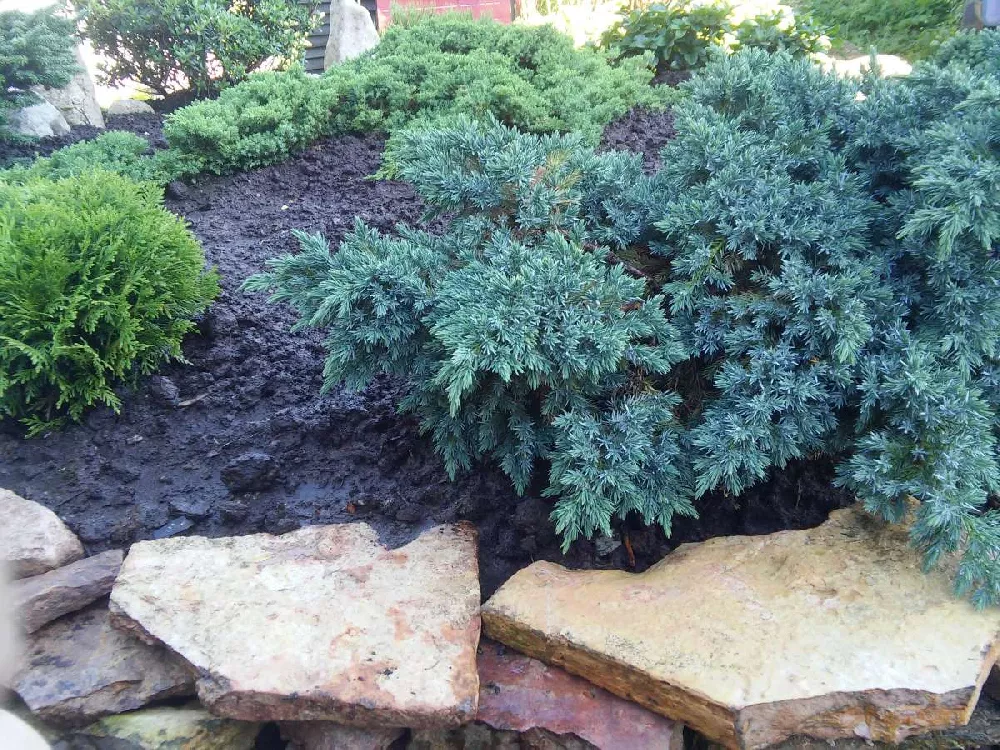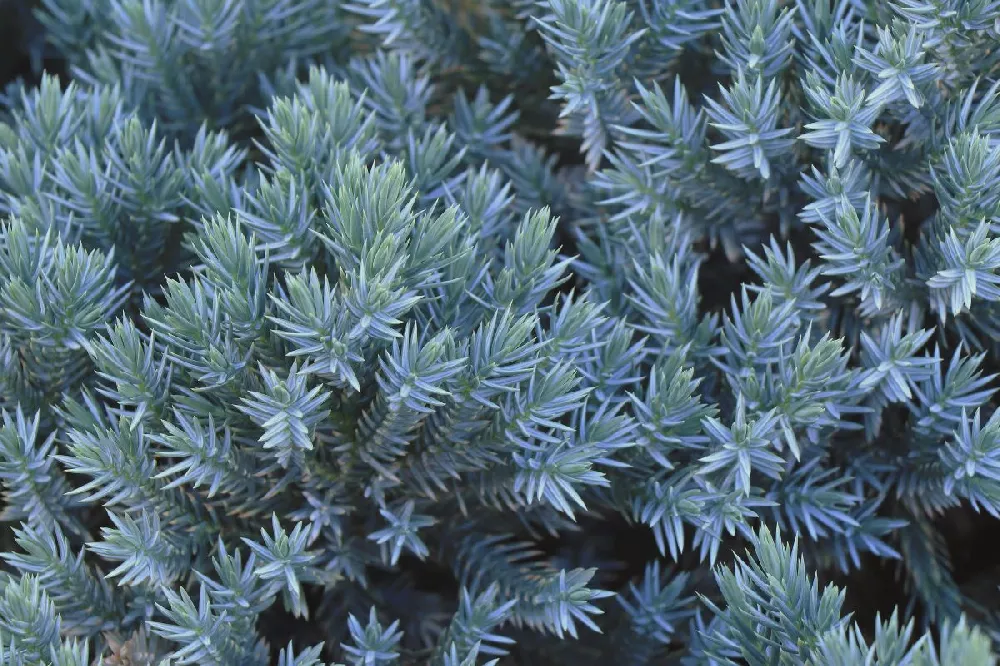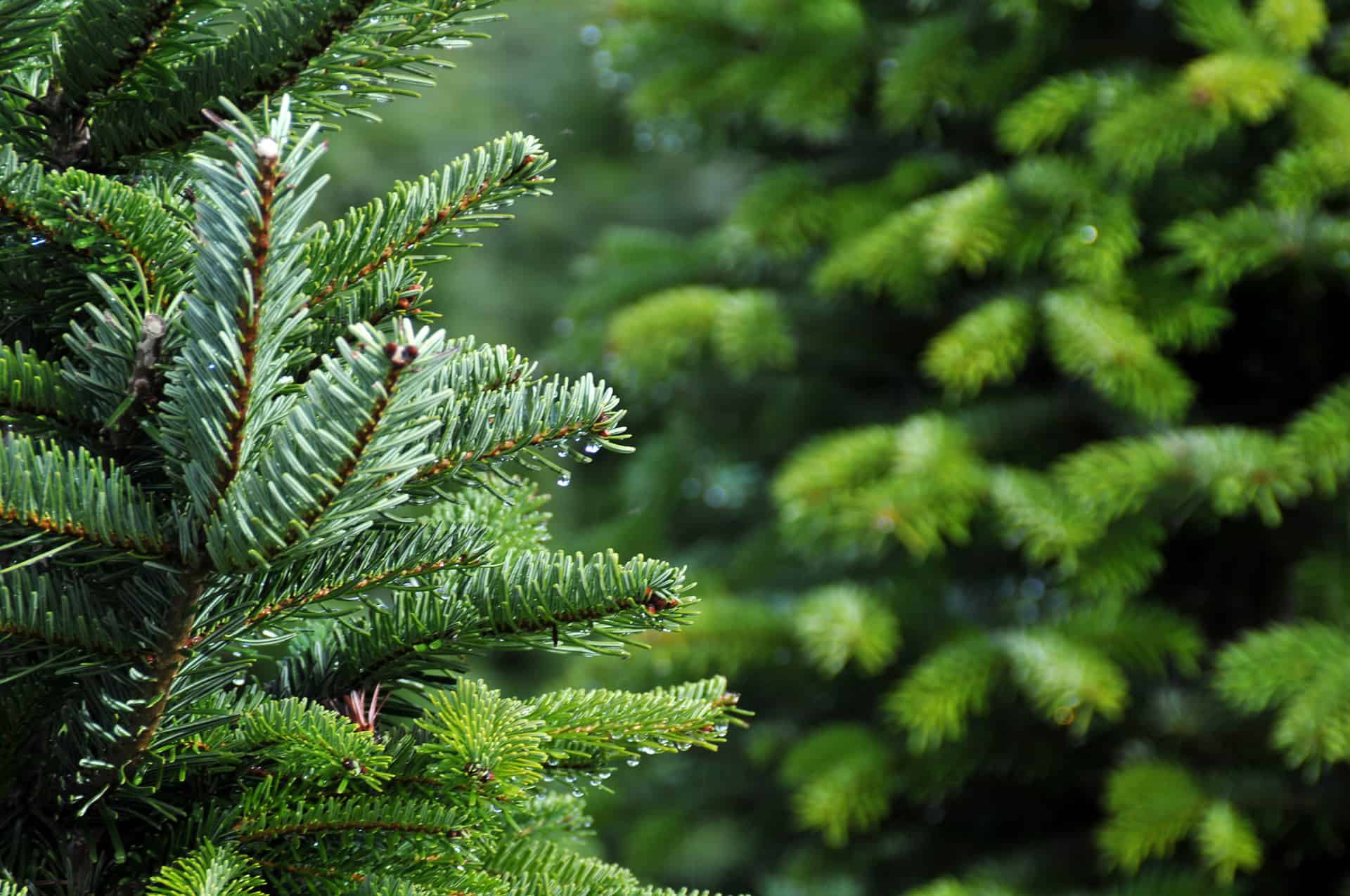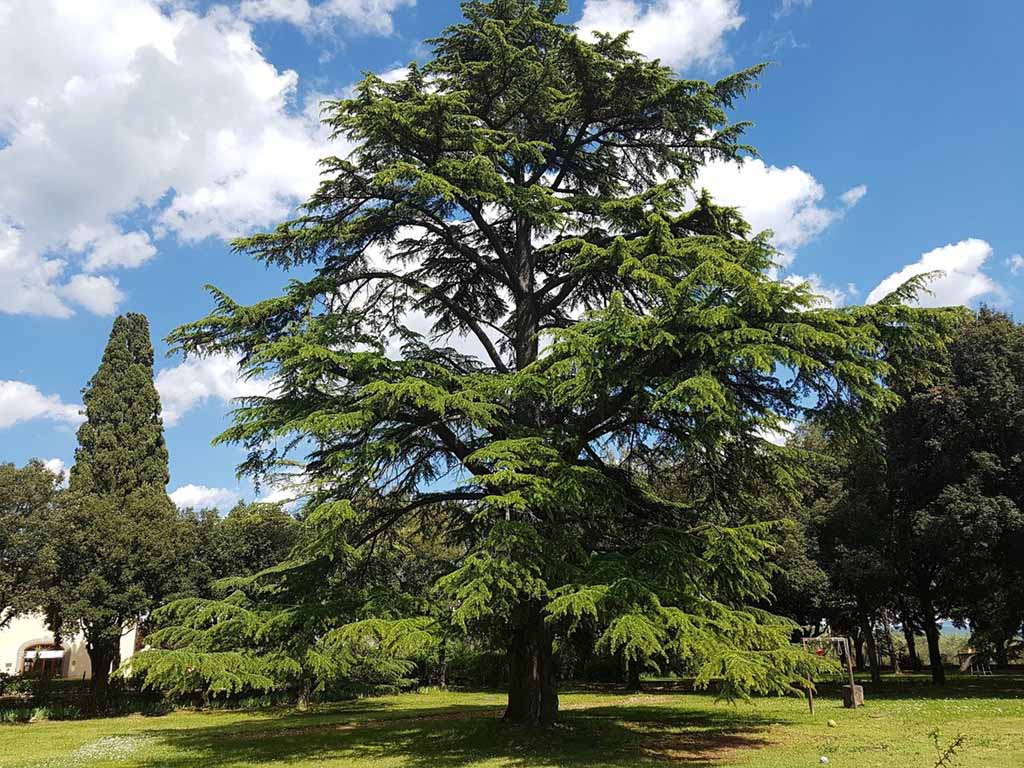- Home >
- Juniper Trees
Juniper Trees for Sale - Buying & Growing Guide
Filters
Price Range
Growing Zones
Plant Type
Sunlight
Mature Height
Plant Characteristics
14 Results
-
Growing Zone(s): 4-9$22.95
$28.95Save up to 20% -
Growing Zone(s): 3-9$39.95
$43.95Save up to 9% -
Growing Zone(s): 5-9$87.95
-
Growing Zone(s): 3-7$129.95
$159.95Save up to 18% -
Growing Zone(s): 3-8$49.95
-
Growing Zone(s): 4-9$39.95
-
Growing Zone(s): 3-9$79.95
$89.95Save up to 11% -
Sold OutGrowing Zone(s): 4-9$189.95
-
Sold OutGrowing Zone(s): 5-9$39.95
-
Sold OutGrowing Zone(s): 3-11 / Indoors$67.95
-
Sold OutGrowing Zone(s): 4-8$39.95
-
Sold OutGrowing Zone(s): 4-8$189.95
Juniper Trees – Buying & Growing Guide
Juniper trees and bushes are aromatic evergreen plants that offer a stately presence in formal and informal gardens. Popular throughout temperate zones, they also provide food and shelter for a wide range of birds and other wildlife.
How to Plant Juniper Trees
Choose a spot for your juniper that will receive six or more hours of direct sun a day. Junipers are easy-growing plants that aren’t picky about the type of soil they’re grown in, as long as it drains well. In fact, they are an excellent plant to place alongside roadways, as they are salt resistant.
Space multiple junipers far enough away from each other so they won’t be crowded when they reach their mature height and width. This distance will vary depending on the type of juniper you have, so read specs carefully before planting. They are best planted in the spring or fall, but summer planting is acceptable if you keep them well watered.
How to Grow Juniper Trees
- When. Plant any time the ground is not frozen; late spring and early fall are best.
- Where. Plant in fertile, well-draining soil in full sun, spacing trees far enough apart that they won’t hinder each other’s growth when they reach maturity.
- How. Unpot plant and tease out encircling roots. Dig a hole twice as wide and just as deep as the root ball, and place the tree in the center. Fill in with top soil. Don’t fertilize when planting, but do give it a good watering. Mulch around the root zone with an organic product such as bark chips. Give them a deep watering once a week for several months.
How to Care for Juniper Trees
- Watering and nutrients. Junipers are drought tolerant and need little supplemental watering once they are established and growing robustly. Fertilize your juniper with a slow-release fertilizer such as 12-4-8 or 16-4-8 in the early spring.
- Pruning. Junipers have naturally pleasing forms and don’t need extensive pruning. Cut out any dead, diseased, or damaged limbs whenever you see them. Prune young trees very lightly to shape growth, if you wish, in early spring.
- Pollination. Junipers are dioecious, which means that male and female plant parts are on separate trees. Female plants will produce berry-like structures that are attractive to birds, but not generally eaten by people.
